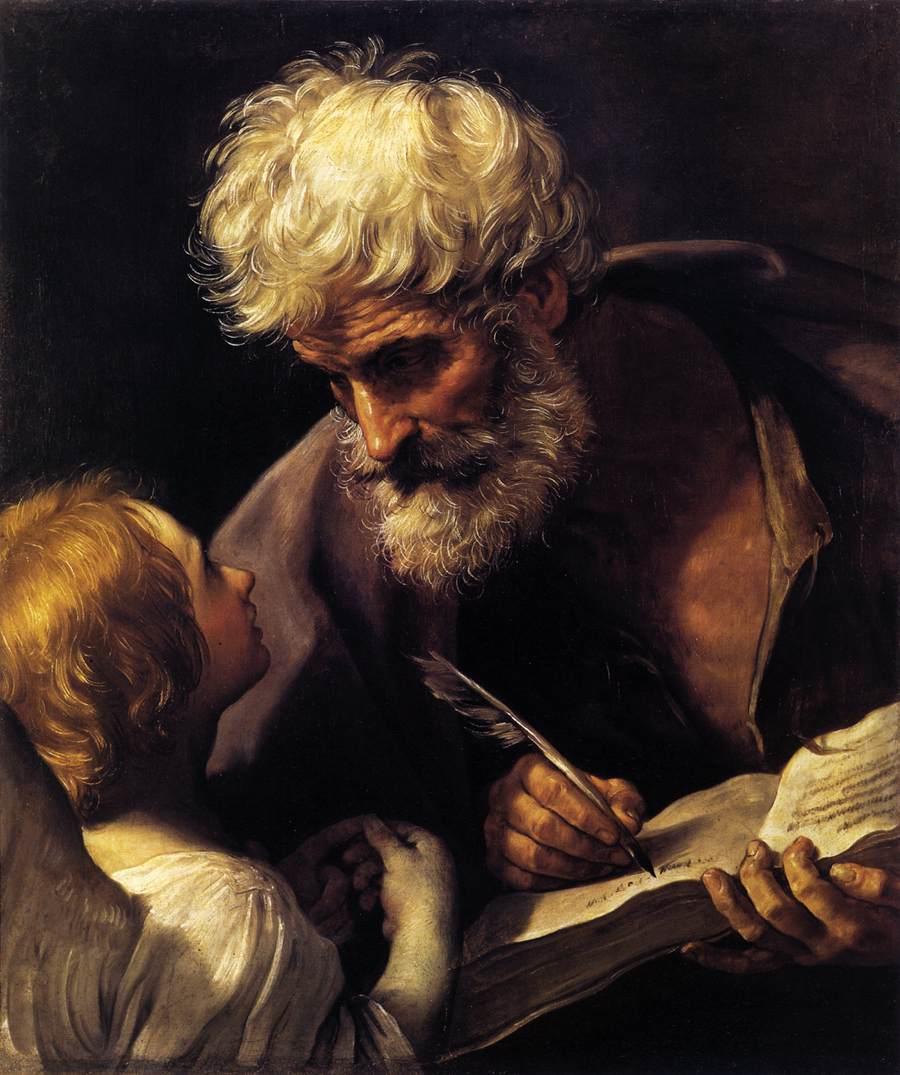Reading the Old Testament in the New: The Gospel of Matthew
Lesson Three: ‘Not to Abolish, But to Fulfill’

Lesson Objectives
- To read Matthew 3-7 with understanding.
- To understand the Old Testament background and allusions in Matthew’s depictions of John the Baptist, the Baptism of Jesus and His temptation in the wilderness.
- To understand the crucial importance of Jesus’ summary in the Sermon on the Mount: “Do not think that I have come to abolish the law or the prophets. I have come not to abolish but to fulfill.”
I. Review and Overview
In our last lesson, we began our study in earnest - looking at the outline and structure of the Gospel of Matthew. We noted our sympathy with the theory of B.W. Bacon that Matthew is written as a "mini-Penteteuch" - that it seems deliberately arranged to resemble the first five books of the Old Testament, known as the Law.
We noted that in Matthew, we can identify five distinct "books" that follow a similar pattern - a narrative portion in which Jesus debates His adversaries or performs miracles, followed by a portion devoted to His commandments or teachings. Each of the five books ends with a formula-like statement - "And when Jesus had finished…" We also noted that these five books of Matthew’s "Book of the Law" are "book-ended" by a prologue that describes Jesus’ birth and an epilogue that describes His death and Resurrection.
We then studied the Gospel’s prologue, highlighting especially Matthew’s deliberate depiction of Jesus as a "new Moses," leading a new exodus of the people of God, and bringing them a new law and a new covenant.
Other Lessons
- Lesson One: Learning to Listen for Echoes: A New Approach to the New Testament
- To understand how important the Old Testament is to reading and interpreting the New Testament.
- To learn what “typology” is and to appreciate its significance for reading the New Testament.
- To understand the relationship between the writers of the New Testament and other first-century Jewish interpreters of Scripture.
- Lesson Two: Son of David, Son of Abraham
- To read Matthew 1-2 with understanding.
- To learn the Old Testament history and background behind the quotations and allusions used in the prologue to Matthew’s gospel.
- To gain a fuller appreciation of Matthew’s depiction of Jesus as a “new Moses.”
- Lesson Four: Healing and Restoration
- To read Matthew 8-10 with understanding.
- To understand the Old Testament background and allusions in Matthew’s depiction of Jesus’ healings and other miracles and the growing tensions with the scribes and Pharisees.
- To understand how Matthew uses evocations of select Old Testament prophets to convey that in Jesus, the long-anticipated “restoration” of Israel has begun.
- Lesson Five: Riddles of Rejection, Rock of Foundation
- To read Matthew 11-18 with understanding.
- To understand the Old Testament background to Jesus’ teaching in parables.
- To understand the deep Old Testament context by which Matthew conveys that Jesus is the long-awaited Messiah and the Church is the restoration of the Davidic Kingdom.
- Lesson Six: David’s Son, David’s Lord
- To read Matthew 19-28 with understanding.
- To understand the Old Testament background to Matthew’s depiction of Jesus’ entry into Jerusalem, His Passion and death.
- To understand the deep Old Testament context by which Matthew conveys that Jesus is the long-awaited “Son of David” and the “Son of God.”